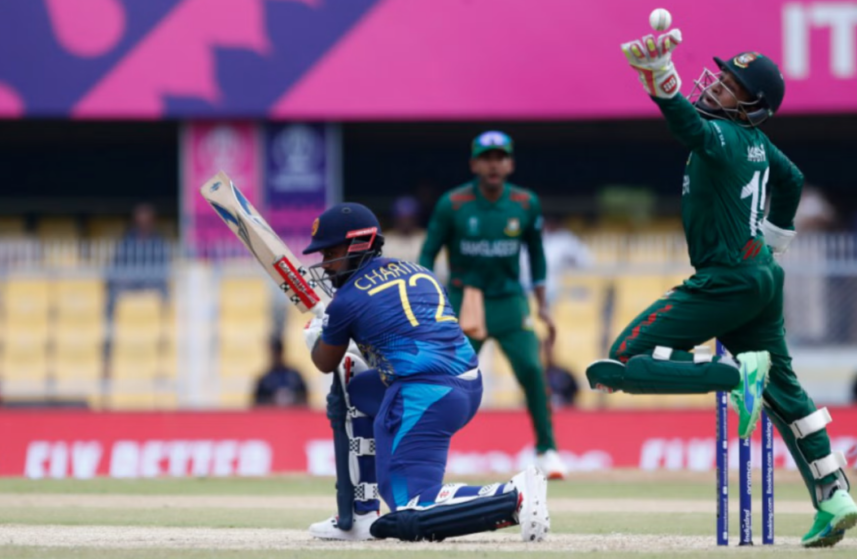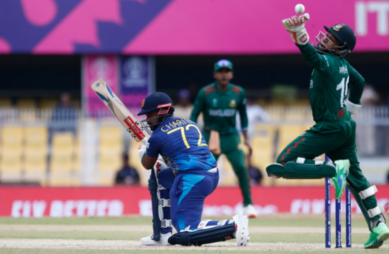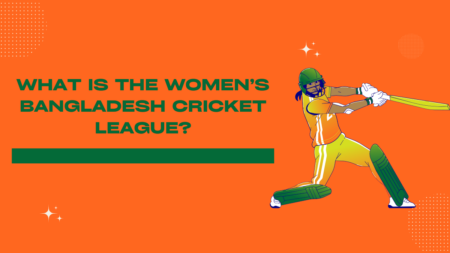

A warm-up match in cricket is a friendly practice match that is played between teams ahead of a prominent tournament organized by the International Cricket Council. These tournaments are multi-nation global events that are played as World Cups or Champion Trophy events in the limited-overs formats (One Day Internationals or T20 Internationals).
Warm-up matches were introduced ahead of the 1999 World Cup. The rules of such a practice match are only slightly different from an official match. In a warm-up match, all 15 members of a squad can participate. However, at any given time, only eleven of these players can take the field. Furthermore, like regular matches, an innings ends when a team has taken ten wickets. Hence, teams are likely to send in eight to nine batters to bat in a warm-up match.
Bowlers can bowl no more than four overs, or no more than ten overs in the T20 and 50-over format respectively. Batters can retire themselves out in order to let another batter test themselves out ahead of the big tournament. Teams can also try out a different batting order to put a strategic move to test.
Though warm-up matches are commonly associated with events organized by the International Cricket Council, the term is often interchangeably used with “practice match” and “tour match”. These matches are usually played ahead of a bilateral series, where the visiting team plays a local or state-level team of the host side.
Match results, player records, or any other statistic from a warm-up match are not counted in the official records. These matches are not even considered in the List A statistics of a player. The main goal of warm-up matches is to let the players get acquainted to the conditions. Furthermore, spectators can also get a sneak peek into what they might expect in their locality in the coming days.




